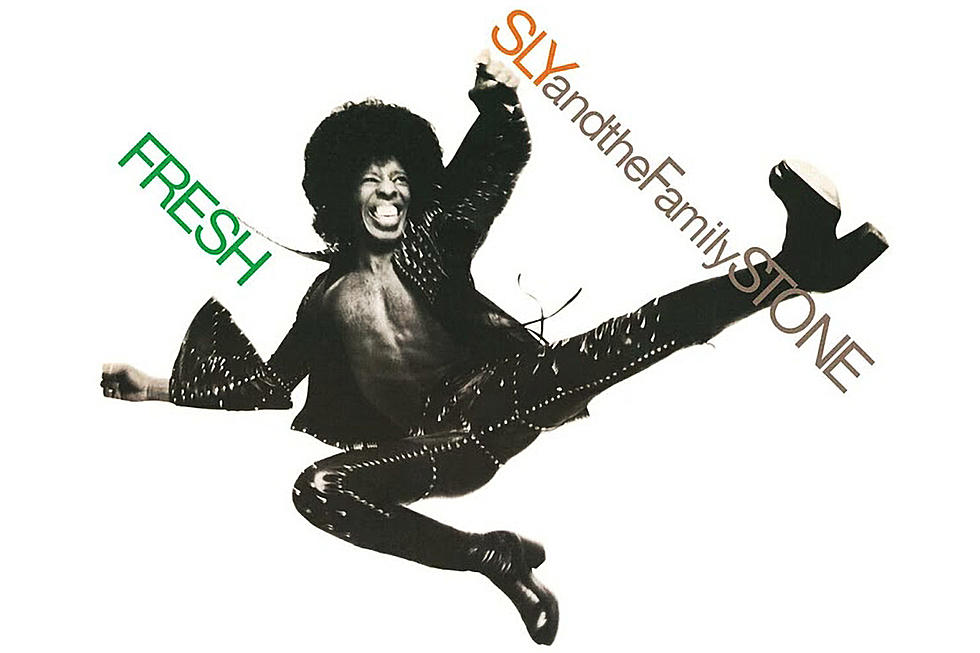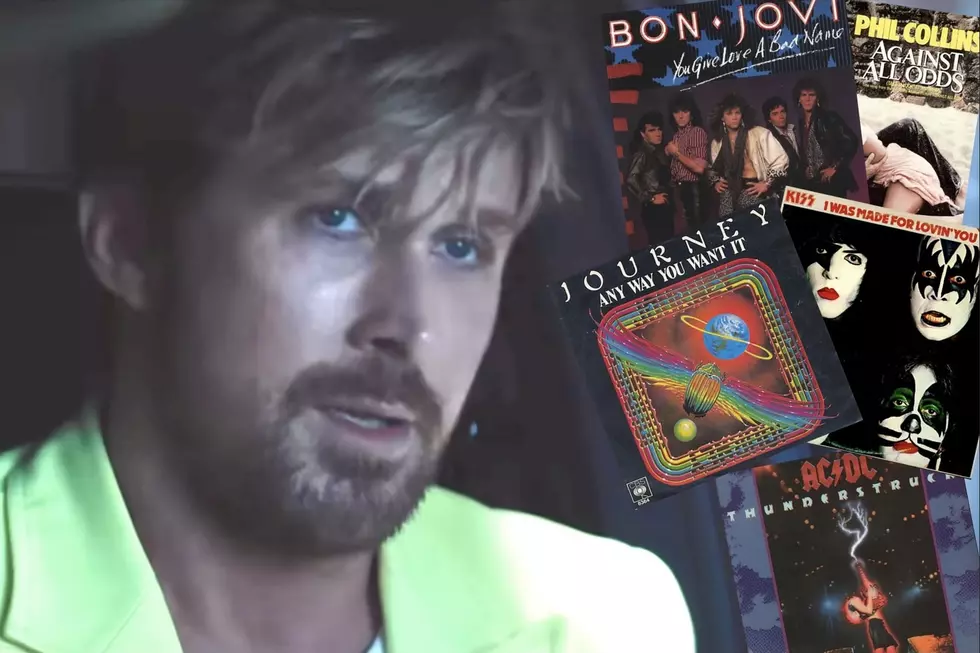
50 Years Ago: Why Sly Stone Couldn’t Leave ‘Fresh’ Alone
When Fresh, the sixth album by Sly & the Family Stone, went on sale on June 30, 1973, it wasn’t the LP that reviewers had praised on prerelease listening. Not only was there a new song, but each track on the record was significantly different from the ones Epic Records had approved.
That might be a bewildering development for some artists, but Sly Stone was well-known for regarding deadlines as flexible and less important than his desire to keep changing things. “It was my idea,” he said of the changes. “I wanted it to be remixed and it’s certainly far better now.” He added that, while he was happy with the scrapped version, he wanted the record to be different. “If I were to remix it again today, it would be completely different again” he continued. “We cut the added track at a later date and I wanted to include it on the album.”
In Joel Selvin’s 2022 book Sly & the Family Stone: An Oral History, engineer Tom Flye recalled Fresh was “pretty much done” when Stone approached him about a new take. “He booked a day at the Record Plant in Sausalito, came up from L.A., big entourage … we rerecorded about 90% of that record and mixed it,” Flye said. He added that Stone “played all the parts, except for the horns and stuff. If somebody else could play it better, he would let them do it. If not, he just played it himself.”
Actress Kathleen Silva, who was in a relationship with Stone, recalled his inability to stop experimenting. “It was amusement for him, and I don’t think that he meant to hurt anyone,” she said. “But it was just that he found people and things fascinating. I remember one time when I was pregnant, and I was bitching at him because he was always going to the studio and doing things. He would be out all night and … I wasn't with anyone and I felt left out. ... He would come home, be tired and want to go to bed because he had been recording all night. I would be upset: ‘I don’t like this.’ He made a song up: ‘If you want me to stay, I'll be around today, I'll be available.’”
Listen to Sly & the Family Stone's 'If You Want Me to Stay'
But the Fresh antics marked the last straw for bassist Larry Graham, who quit the band before the album was completed. He said in 1973 that his creative contribution had been so diminished that by the time the band recorded 1971’s There’s a Riot Goin’ On, he wasn’t invited to play or sing at all. “I wanted to. I asked to. Hell, I even begged,” he recalled. “I wasn’t mad about that as much as I was hurt. I finally decided if he’s not going to let me play or sing, there was no reason to stay around. I never wanted to leave. I loved the band like family. But I had to leave. I had no alternative.”
Such was Stone’s unpredictability that A&R exec Stephen Paley argued that it would be cheaper for the label to cut a custom arrangement. “He would book studios and not show up,” Paley said.
“It was just such a waste of time that I [suggested], ‘Let’s just bring a machine to his house and send men over.’ … So we had a little studio in his house. The union engineers would just go over there, in shifts, rather than be at his beck and call.”
Despite the challenges, Stone delivered a masterpiece with the version of Fresh that was released in 1973. Miles Davis was so impressed that he continued to hang out during sessions, just to watch Stone at work; he reportedly even forced his group to listen to the album on repeat. Brian Eno hailed Stone’s development of placing bass and drums in a new position within the mixes, a change many others subscribed to after hearing it.
Listen to Sly & the Family Stone's 'Que Sera, Sera'
Perhaps surprisingly, though, Stone's penchant for control didn’t extend to live performances. New bassist Rustee Allen, who was 19 at the time, recalled, “I was surprised that he didn’t give his music more respect, from the standpoint of rehearsals. I was given a song list – learn these songs and, boom, hit it. A lot of times we pulled off gigs. Sometimes they were extraordinarily good.
“I remember in Ohio, on the Ohio Players’ turf, they opened the show for us. Sly came in the dressing room and got us all together and said, ‘You guys know what you gotta do.’ That was all that needed to be said. But he surprised me that he didn’t give his music the respect I thought he would.”
Paley added, “Of course, the main problem was that Sly lost his perspective. He didn’t know what was good and what wasn’t good anymore. He erased wonderful things and rerecorded over them things that were not so good. He had a fear of completion.”
Top 25 Soul Albums of the '70s
More From Ultimate Classic Rock









